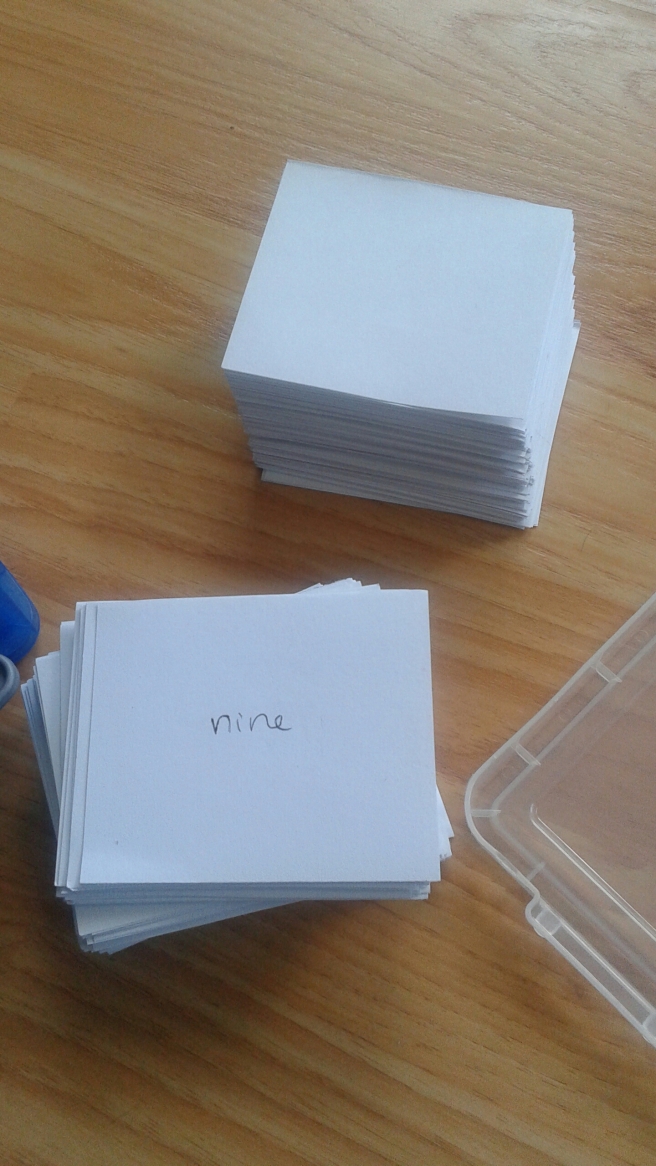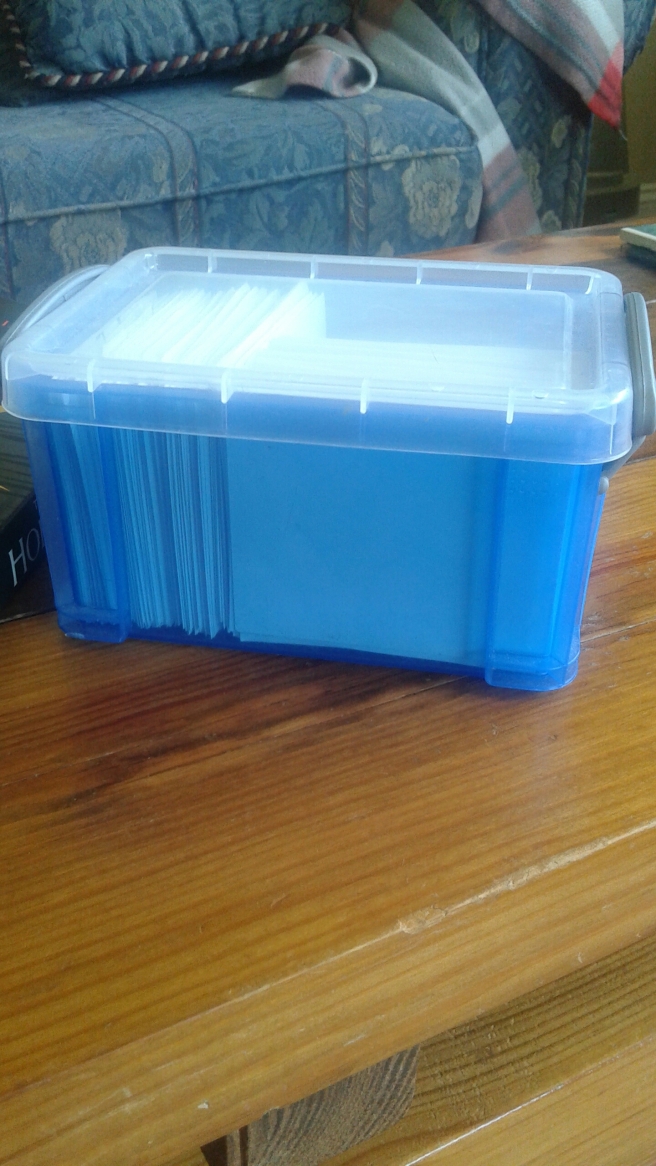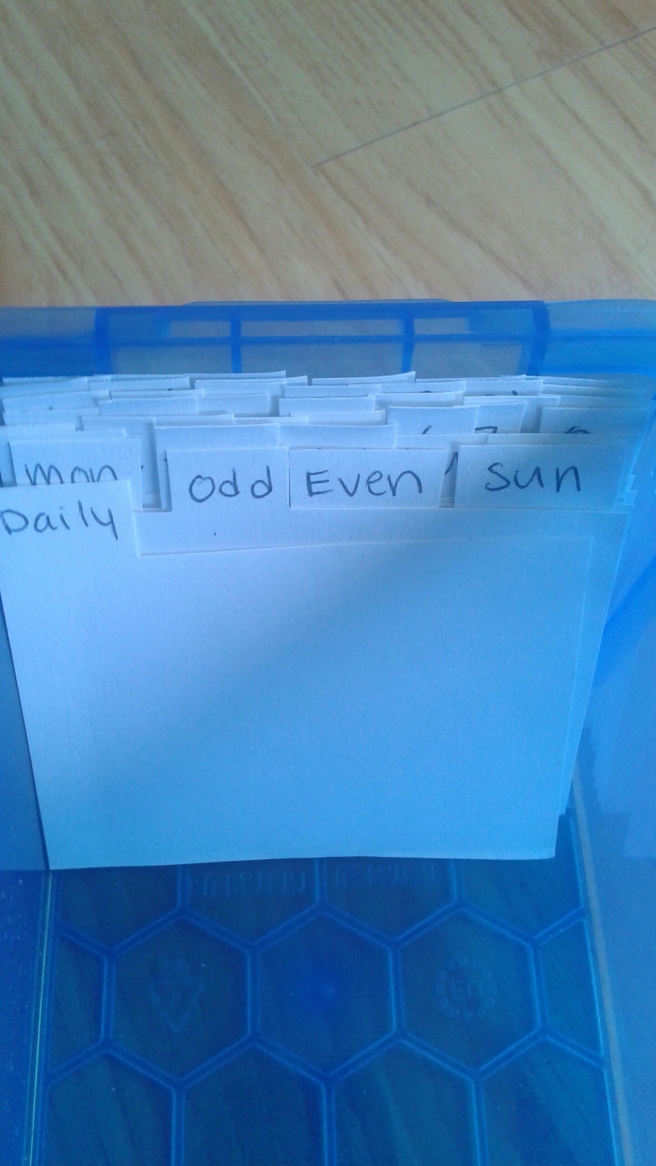I have found a new-ish way to learn and recall (recall being key) vocabulary. You take two pieces of notebook paper and fold them in half lengthwise. With the folded edges facing each other, and lining up the lines of the notebook paper to make it look like a whole sheet, write the vocabulary words on one side and their meanings on the other. Opening up the folds, you should have blank spaces to test yourself on the vocab words and their meanings. I write “TEST” at the top of the blank sides to know which side serves as the correct side.
I got the idea from a Youtube video. The process was a little different, but I still wait an hour to test myself as the video describes. I test myself first on the meanings, then the vocabulary. I mark the ones I got wrong for both tests and make a new list with these words and then add new ones I want to learn. I choose to fill up all the lines to pick up more words quickly. I am going through a Japanese lesson book to find vocabulary. I also plan on keeping these sheets for review, since I can still use the whole back side of them.
I am more motivated to do this method then the flashcard method. Words are sticking with me better. Recall is extremely important in retaining information. Memorizing seems to trip people up and make them think they are learning something. But without recall, you can’t build that pathway in your brain to get to the information to use.
And, of course, this is just one part of my Japanese language learning. I want to read and speak too, though I am still figuring out a routine.


